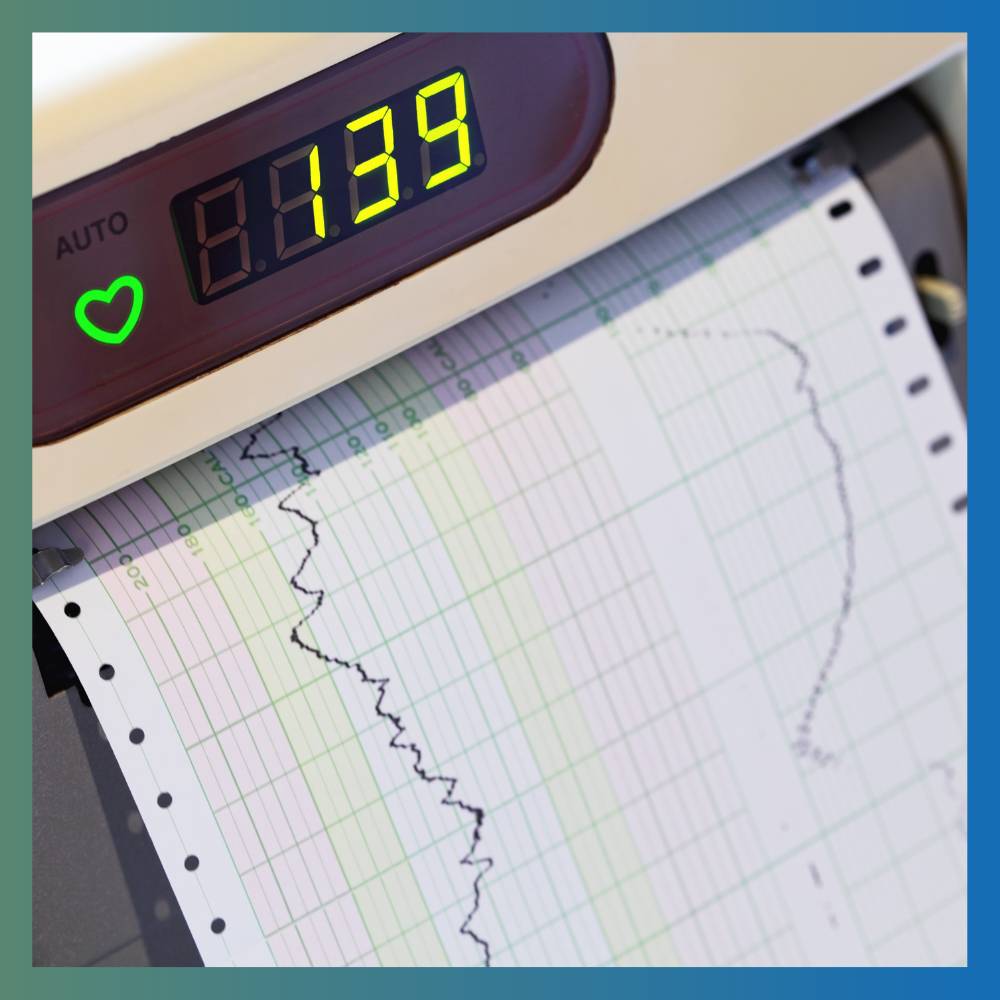Perceived Pain Responses to Foam Rolling Associate with Basal Heart Rate Variability
Abstract
Background: Foam rolling (FR) is a self-myofascial release technique with unclear effects on autonomic functioning, indexed by heart rate variability (HRV). FR can be perceived as painful or relaxing, which may explain interindividual HRV responses.
Purpose: To determine if acute FR alters resting HRV. A secondary aim was to determine if perceived pain during FR would predict HRV responses.
Setting: Academic institution.
Methods: In a randomized, crossover design, healthy adults (50% female) performed total body FR or control on separate days. Perceived pain ratings were obtained following FR of each muscle group and summed to generate an overall perceived pain rating. Seated measures of the mean RR interval and the natural logarithm of the root-mean square of successive RR interval differences (LnRMSSD, a parasympathetic HRV index) were obtained at 5-10 min pre-, 5-10 min post-, and 25-30 min post-FR.
Results: No effects were observed for RR interval (p = .105–.561) or LnRMSSD (p = .110–.129). All effect sizes ranged from trivial–small (0.00–0.26). Changes in RR interval (r = 0.220–0.228, p = .433–.488) and LnRMSSD (r = 0.013–0.256, p = .376–.964) were not associated with pain scale sum. Baseline LnRMSSD was associated with pain scale sum (r = -0.663; p = .001).
Conclusion: FR did not systematically alter HRV, nor did perceived pain ratings predict HRV responses. Those with lower pre-FR HRV reported higher perceived pain during FR. Basal cardiac autonomic activity may, therefore, influence pain sensitivity to FR in healthy adults.
Downloads the last 12 months

License
Copyright (c) 2021 Authors

This work is licensed under a Creative Commons Attribution-NonCommercial-NoDerivatives 3.0 Unported License.





.png)





